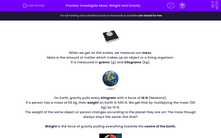
When we get on the scales, we measure our mass.
Mass is the amount of matter which makes up an object or a living organism.
It is measured in grams (g) and kilograms (kg).
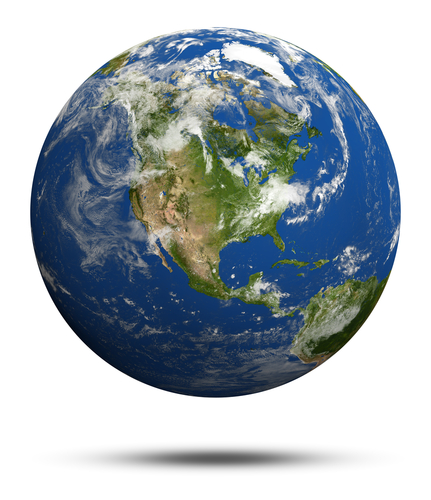
On Earth, gravity pulls every kilogram with a force of 10 N (Newtons).
If a person has a mass of 50 kg, their weight on Earth is 500 N. We get that by multiplying the mass (50 kg) by 10 N.
The weight of the same object or person changes according to the planet they are on! The mass though always stays the same. Got that?
Weight is the force of gravity pulling everything towards the centre of the Earth.
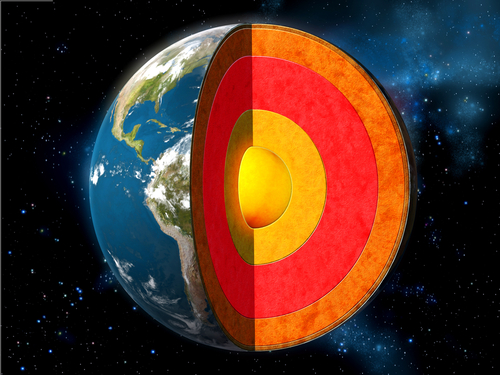
Gravity is everywhere: in water, in air and even if we stand on the ground, gravity still pulls us towards the centre of the Earth.
Luckily, there is a reaction force from the ground to counteract that!
What about the moon?
Well, have a look at the diagram to see how gravity keeps the moon in orbit around the Earth.
Both the moon and the Earth attract each other by gravity.
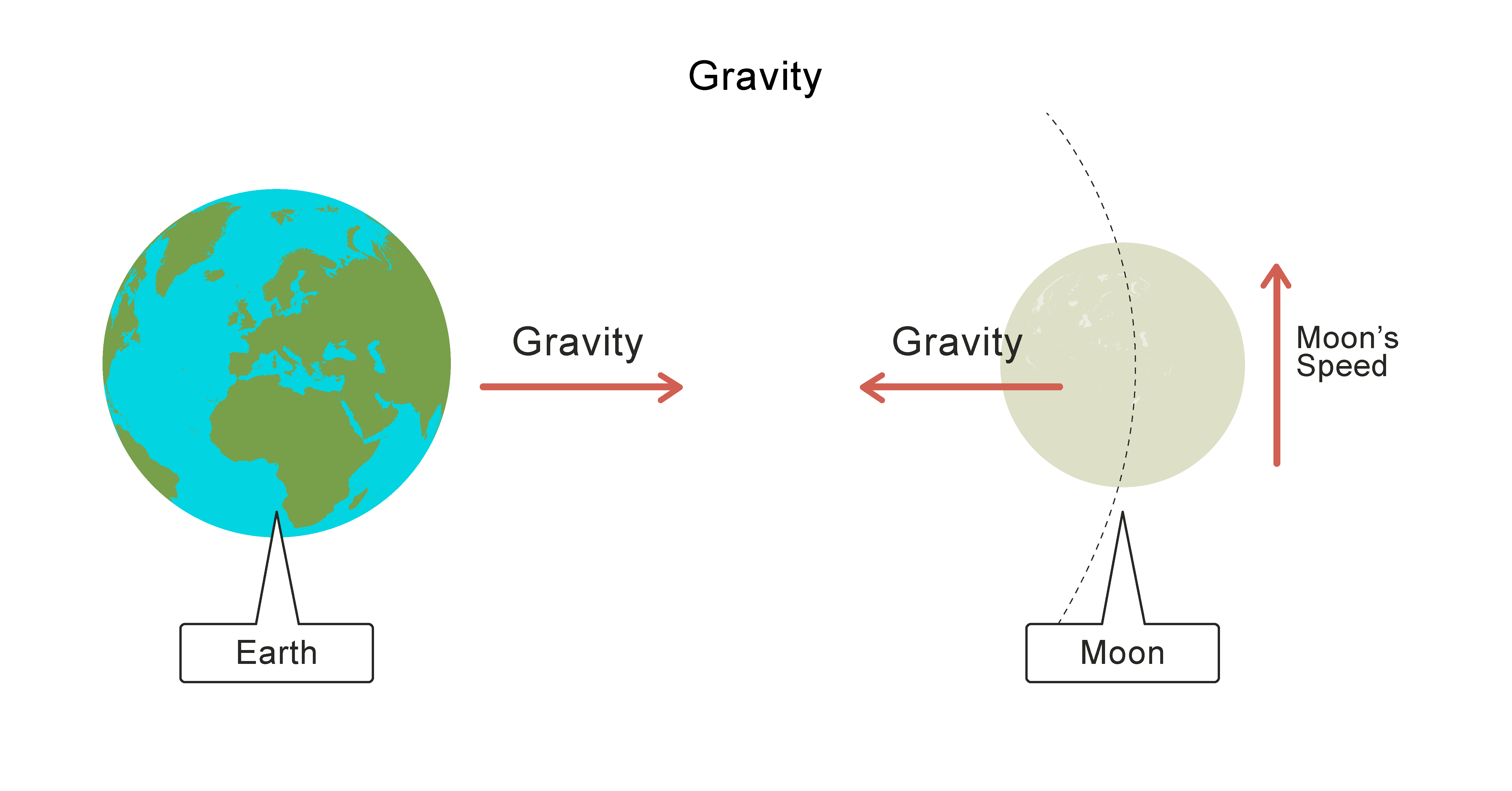
The next diagram shows gravity as the red arrow pulling the book down.
The only reason the book is not falling through the table is the reaction force from the table acting in the opposite direction (shown in the upward arrow).
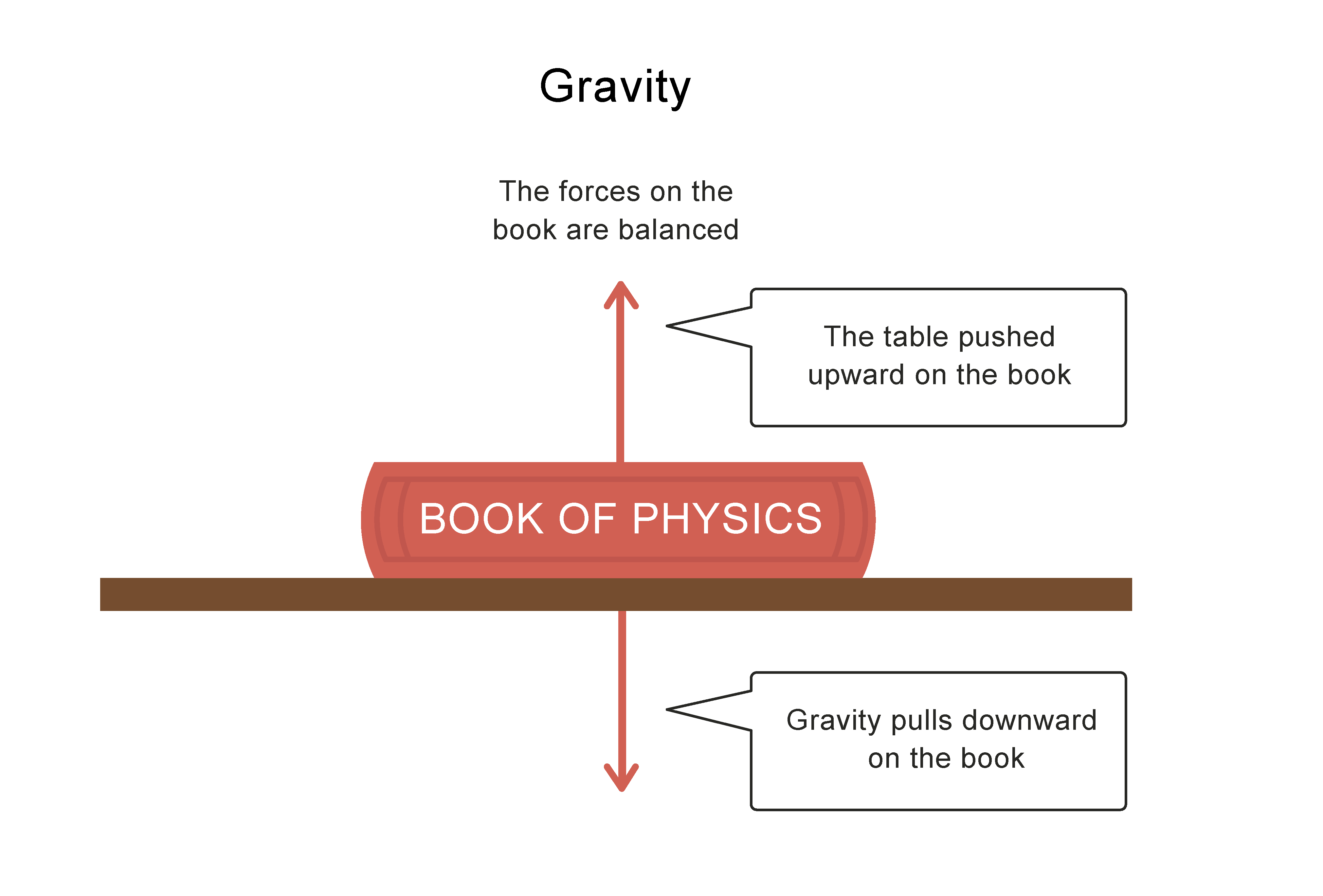
It all sounds rather complicated, so remember that you can look back at this introduction at any point by clicking on the red help button on the right of the question screen.
Let's try some questions.

